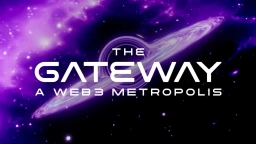8 types of NFT you need to know!
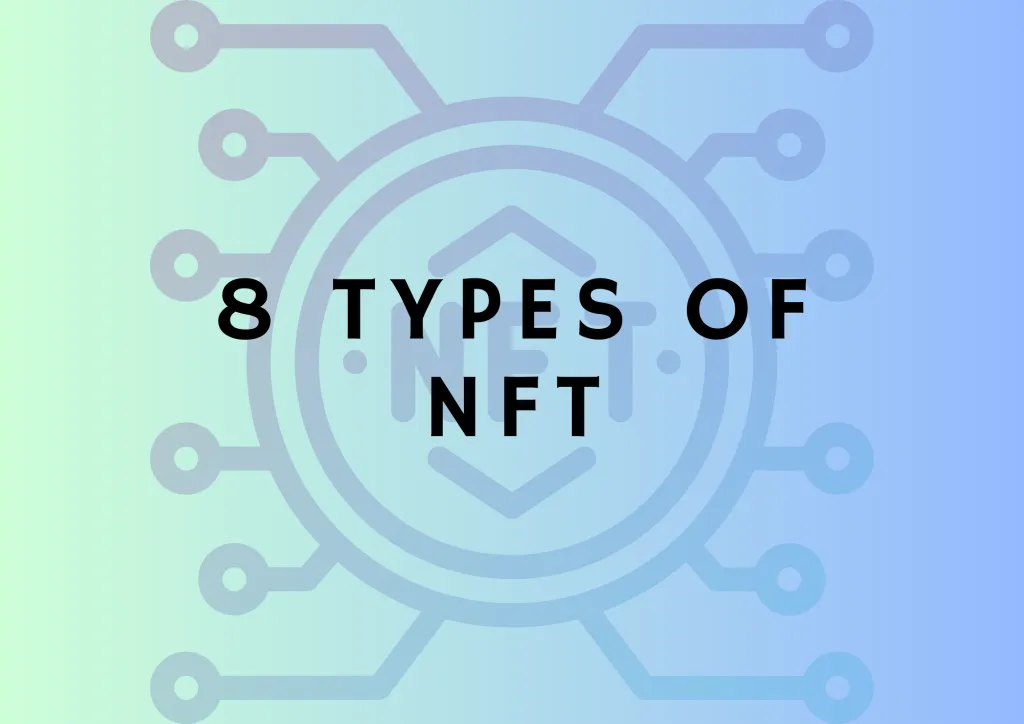
Since we are in the early stages of the NFT era, people now are only aware of NFT’s as something related to a collection or art. Apart from the ones known to the general public, NFTs have numerous other applications. Let us explore the 8 major types of NFT.
What are the types of NFT?
- PFP’s and Avatars
- Collectibles
- Artworks
- Gaming
- Virtual Real Estate
- Domain Names
- Event Tickets/Membership Access
- Fashion
Let’s get into this in details with few examples.
1. PFPs and Avatars
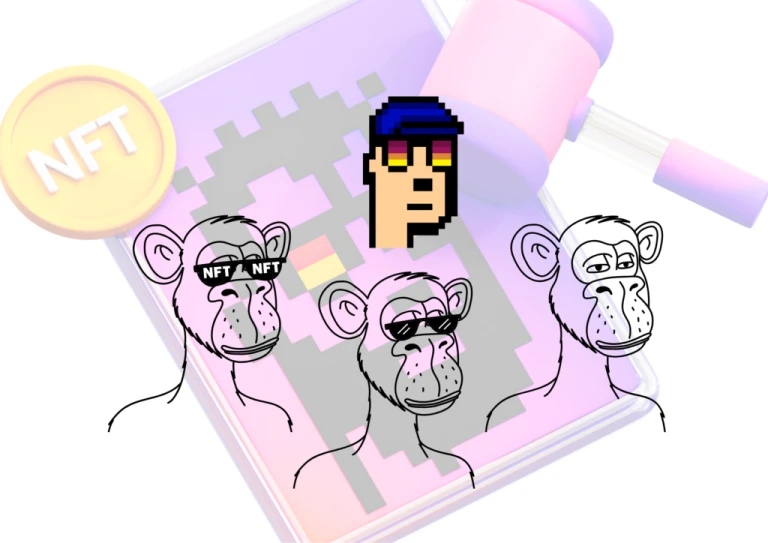
This format is what most internet users outside the NFT circle imagines when they think of NFTs. In simple terms, NFTs that represent a person’s profile picture on social media sites such as Twitter, are called profile picture NFTs (PFPs).
The first NFT in the PFP segment was create by Larva Labs and they called it CryptoPunks. A set of 10,000 algorithmically generated units with different units.
This unique Bored Ape Yacht Club (BAYC) NFT has broken records, selling for an astounding $3.4 million on Sotheby’s Metaverse marketplace. The piece features gold fur, an amusing spinner hat, and a party horn.
The main perks of owning this kind of NFTs is about the accessibility. You will get exclusive access to NFT communities, events, future drops and much more. Owning high-end NFTs such as BAYC has perks like being a member of the clubs which involves well known celebrities, attend exclusive parties in real life and much more.
2. Collectibles
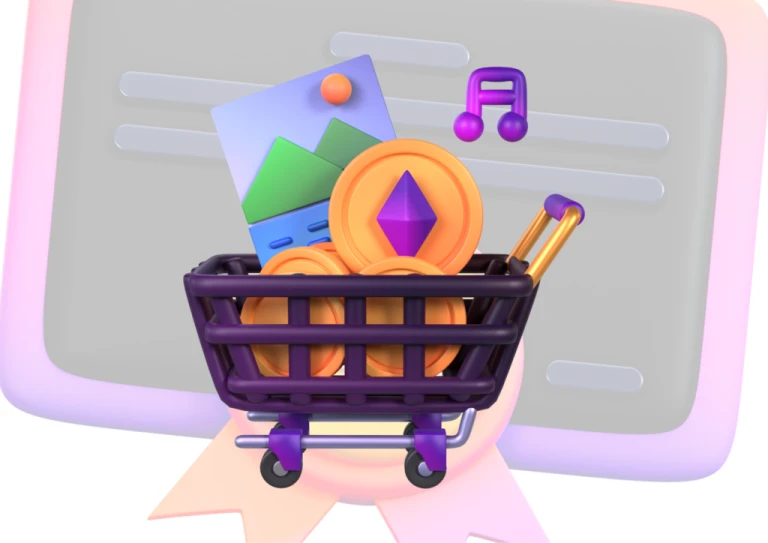
A collectible consists of a diverse and varied set of tokens that individuals can collect, hold, or resell.
These are same as the physical collectibles one owns like the Pokemon cards or the vintage mint condition magazines/toys but digitally. Cryptokitties are one of the most popular NFT collectibles. It is a virtual collection of different cats.
There are multiple collectibles such as digital collectibles, trading cards, sports moment tokens and much more.
3. Artworks

Similar to physical artworks that sell for millions, these digital works are created by artists, and their public authenticity and ownership certificates are issued by the ledger on which they are stored. The most expensive digital art collection was sold for a whopping $69.3 million. It was created by renowned artist Beeple called “The First 5000 days”.
This does not limit to still images, but also goes for videos and GIFs, which sell for millions of dollars. Just to give you the depth of this, a 10 second loop video called “Crossroad” by the same creator Beeple, was sold for $6.6 million.
4. Gaming

The Gaming industry has made rapid adaption in the NFT space. It has created new opportunities for players worldwide to play, earn, and trade their in-game assets as NFTs, which can be sold to anyone online. This concept is also known as Play-2-Earn.
Axie Infinity is one such platform where users can earn cryptocurrency by playing the game and selling the assets as NFTs. Although in the recent days, their market growth has been decreased, they are working and expanding the horizon to new opportunities and possibilities. There are more such platforms that are going break the barrier and make this a game changer soon.
5. Virtual Real Estate

A virtual real estate represents a digital space of the owner in the metaverse. It might seem like a no-show asset, but it has great potential. Advertisers can use it as a space to run ads on a website, or players can use it as an actual land in an online game. It practically represents a chunk of space in the digital world that people can utilize as required.
6. Domain Names
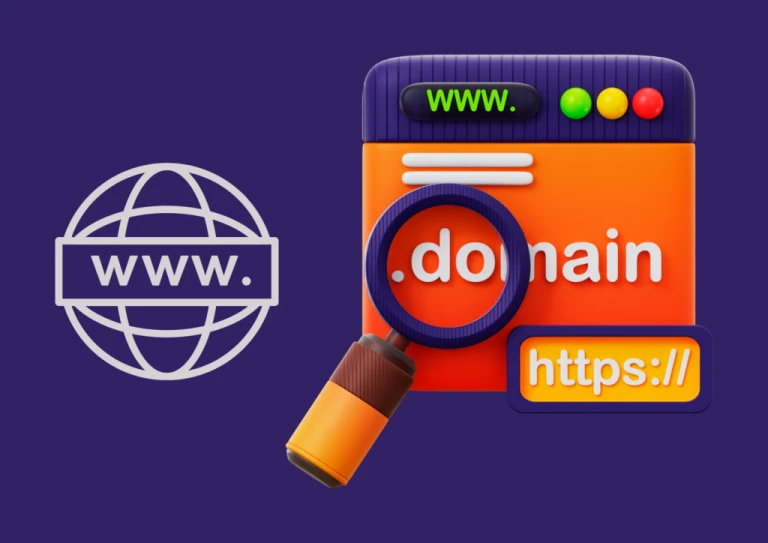
These domain NFTs are unique domain names that are represented as NFTs on the blockchain. They can be bought and sold just like any other NFT and are easily transferable.
With platforms like Ethereum Name Service and Unstoppable Domains, users can now easily purchase and manage domain names for their websites, wallets, NFTs, and other digital assets.
Since they are independent from any central authority, crypto domain names are highly sought after. In addition, they have the ability to link crypto-wallets, which is not possible with non-NFT domain names.
7. Event Tickets/ Membership Access

Millions of people purchase event tickets every year, but many of them lose, have them stolen, or encounter counterfeits. NFTs can be used to reduce fraud, since blockchain ledgers cannot be manipulated. The POAP protocol, also known as Proof of Attendance Protocol, plays a major role in this category.
Read our article on NFTs for tickets and booking.
People can use tokens as access passes for live and virtual events through NFT ticketing. As an alternative to ordinary digital tickets, this allows issuers to keep a more detailed record of attendance numbers. Additionally, companies can use it to send out goodies, surprise gifts, or passes to loyal customers.
Along with PFP, NFTs can individually act as membership card to a specific physical world place or events which is exclusive to its members or the holders of the specific NFT.
8. Fashion

If this sounds odd and not exciting? think again, because it’s happening and all big players in the physical world are hopping on this one.
Using embedded chips and NFTs, real-world fashion becomes a unique designer experience for consumers to interact with their favourite brands.
Big players in the sports industry have integrated NFT into their latest products. One such example is of Nike introducing it’s SWOOSH NFT into the EA sports ecosystem.
Conclusion
NFTs are still an untapped market and more exciting developments are on the way which are going to be a game-changer for every industry. With numerous NFTs with each having their own qualities and benefits, you can choose the ones that fit your requirement. But always, stay smart and be cautious about the scams that happen on daily basis. The NFT segment has taken a lot of heat due to the multiple scams happened over a period in the name of NFT. Be aware, be cautious and stay safe.









